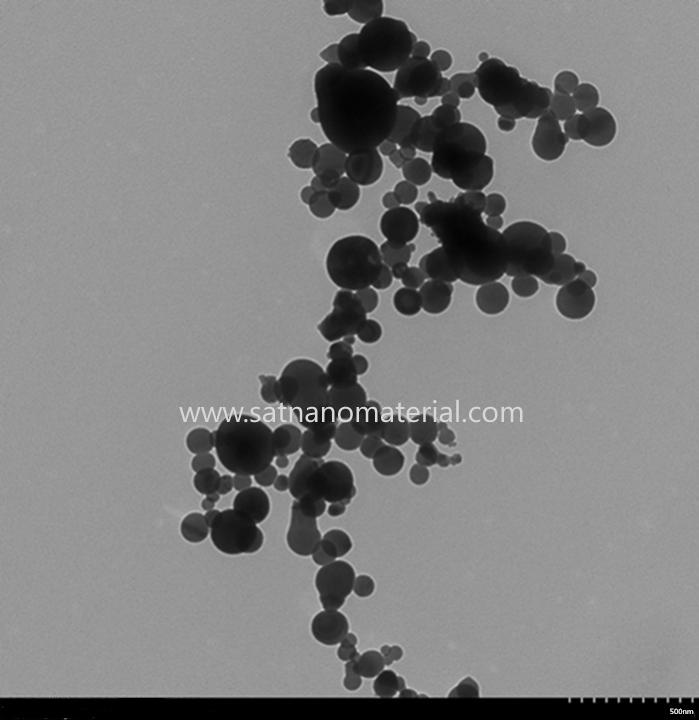For liquid samples or disperse samples, they can be dropped directly on the copper mesh.

Picture:Silicon Nanoparticles Transmission Electron Microscope TEM
At lower magnifications, the contrast in TEM imaging is mainly due to the different absorption of electrons due to the different thickness and composition of the material.
When the magnification is high, the complex fluctuation will cause the difference in the brightness of the image, so professional knowledge is needed to analyze the obtained image. By using different modes of TEM, a sample can be imaged by its chemical properties, crystallographic orientation, electronic structure, electronic phase shift caused by the sample, and generally by electron absorption.
 online service
online service 13929258449
13929258449 admin@satnano.com
admin@satnano.com + 8613929258449
+ 8613929258449